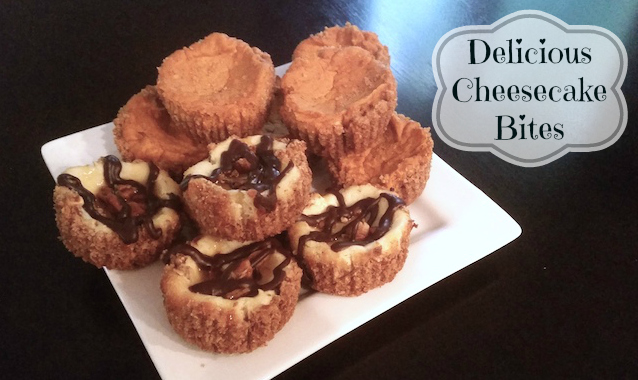Photographic Memory Techniques for Better Learning
March 7, 2012
What if you could make homework and learning easier for your child? Memory is one of the key skills involved in learning, studying, and doing well in school. Once your child can better retain information, it’s easier to learn harder concepts and complete homework on time. But how to teach your child memory skills?
Whether you’re homeschooling, helping with homework, or just looking for skills to help your child do better in school, photographic memory techniques are a great way to learn to retain information and facts. Your visual, or photographic, memory helps you store information through images. Did you know that champion spellers store their learned words using their visual memory?
Discover How Your Child Uses Visual Memory
Understanding how visual memory works can help you understand how your child learns. Dr. John Grinder and Richard Bandler, in the process of developing Neuro-Linguistic Programming, discovered that, in most people, eyes will look up and to the left when trying to recover memory and up and right when trying to create new images. Does your child do this? Ask your child two types of questions to figure this out. Start with questions about things he has seen. Next, ask questions that require him to do a little imagining. Here are some suggestions:
- What outfit did you wear to the park on Tuesday?
- What was in the picture you drew in school yesterday?
- What will your car look like when you grow up?
Watch his eyes when he’s answering questions to see which direction he’s looking when trying to remember information – versus when he’s trying to imagine or create a brand new image. These visual questions will help you decide where in his mind visual images are being saved and invented.
Helping Your Child Use Photographic Memory
Robert Dilts developed this helpful photographic memory technique when he was studying under Dr. Grinder and renowned psychiatrist Dr. Milton H. Erickson. Typically used on spelling champions, it’s a great technique for children to use in learning any new concept.
- Choose a word and look at the correct spelling. (An example word might be “homework.”)
- Close your eyes, take a deep breath and relax.
- Open your eyes and move them up and to the left. (Or to the right if that’s where you see your child’s visual memory is located based on the exercise above.)
- Imagine the correctly spelled word (as if you had taken a picture) in your mind.
- Read off the letters that you see in order and check the spelling.
What if Your Child Needs A Little More Help
If your child has a little trouble the first time, there are ways to start a little smaller and help him build up the skill. First, break the word up into smaller groups of letters and connect the mental images. For example, with the practice word “homework,” you can have him create separate images with “home” and “work” and build the word slower.
Another option includes trying to make the unclear letters (or the letters he’s having trouble remembering) stand out. He could imagine them being larger or in a different color. Another trick is to picture the word in his favorite color or against a unique background to see the letters more clearly.
A final tip is to get him to to trace the letters in the air or on a surface with his fingers. He could use this to practice creating a mental image before trying it without tracing.
Setting aside some time together to practice this technique can see improvements in the learning/teaching experience with your child.




